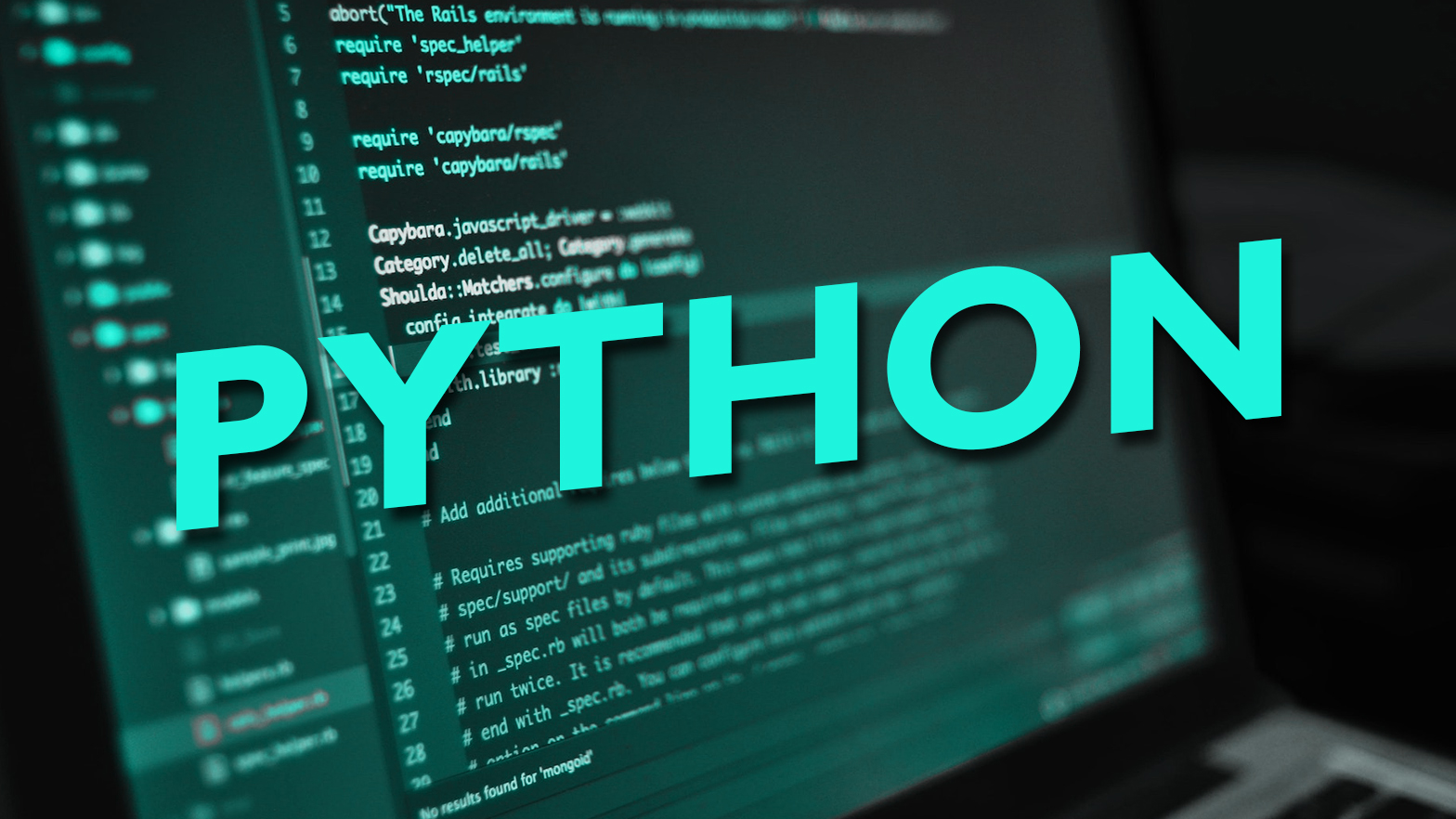The Ever-Growing Popularity of Python: A Deep Dive into its Unrivaled Trend
Introduction
Python has emerged as a true champion in the dynamic world of programming languages, grabbing the hearts of engineers and businesses alike. Its popularity has reached unparalleled heights in recent years, and its dominion is only growing stronger. This article digs into the causes for Python’s meteoric rise, putting light on its adaptability, huge community support, and widespread acceptance across multiple domains.
The Adaptable Powerhouse
The great adaptability of Python has contributed significantly to its ascent to prominence. Python is well-known for its clean and understandable syntax, and it is frequently referred to as a language that prioritizes code readability. This feature not only makes it a good alternative for beginners, but it also allows collaboration among development teams easier.
Python’s broad standard library and a plethora of third-party packages enable developers to construct solutions in a wide range of domains, from web development to data analysis to scientific research and artificial intelligence. Its versatility lets developers to create everything from simple scripts to large programs that meet a wide range of needs.
Collaboration and Community
Python’s lively and supportive community is another important aspect driving the trend. Python’s open-source nature has generated a global network of developers, each contributing to the language’s growth and evolution. Online forums, mailing lists, and social media platforms are teeming with conversations, solutions, and lessons, making it simple for developers of all skill levels to seek help and contribute their knowledge.
Furthermore, the Python community’s collaborative approach has resulted in the birth of numerous open-source projects and modules. These resources not only speed up development processes, but they also foster innovation by allowing developers to build on the work of others. The Python community’s spirit of camaraderie has been critical to the language’s widespread adoption.
Dominance of Data Science and Machine Learning
Python’s rise to prominence is most seen in the disciplines of data science and machine learning. The language’s ease of use and extensive library support, including NumPy, pandas, and scikit-learn, have made it a popular choice for data processing, analysis, and visualization. Furthermore, Python’s integration with sophisticated machine learning frameworks like as TensorFlow and PyTorch has cemented its place as the language of choice for developing cutting-edge AI models.
Adoption of the language in academic and research settings adds to its appeal. Python is appealing to educational institutions and academics because to its ease of use and interoperability with a wide range of research tools and libraries.
Web Development Made Simple
Python’s abilities extend to web development as well. Frameworks such as Django and Flask have made it easier to create powerful, scalable, and secure web applications. These frameworks provide a wealth of tools, allowing developers to focus on designing user-friendly interfaces and new features rather than dealing with tedious mechanics.
Conclusion
Python stands out as an unrivaled trailblazer in the ever-changing environment of programming languages. Its adaptability, aided by a welcoming community and a diverse set of libraries, has driven it to the forefront of a wide range of areas, from web development to data science and machine learning. Python’s dominance is unlikely to fade very soon as it continues to improve and adapt to the changing technological world. Python provides a great framework for bringing your ideas to life, whether you’re a rookie developer or an expert coder, making it a trend that is here to stay.

